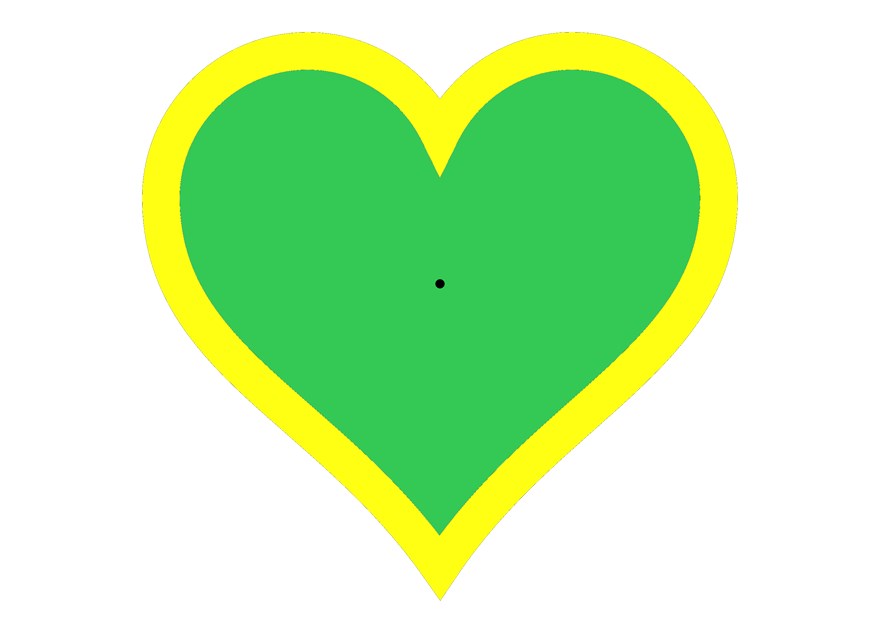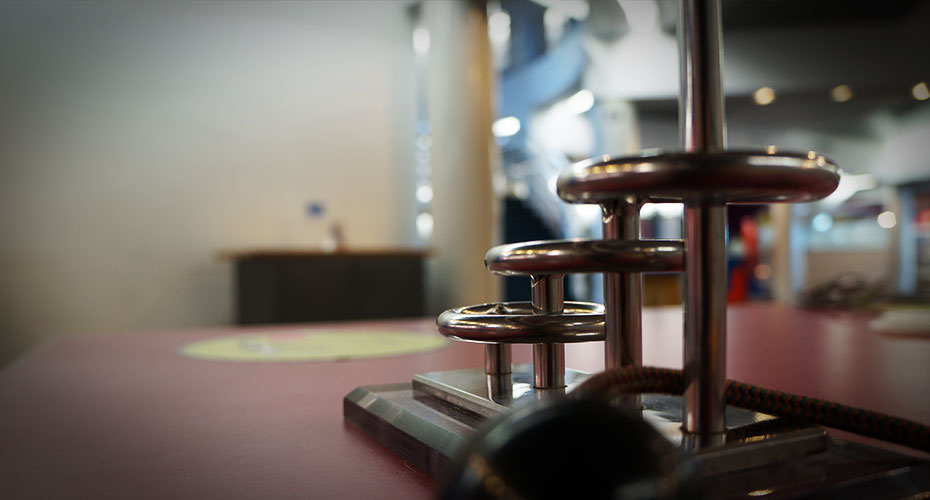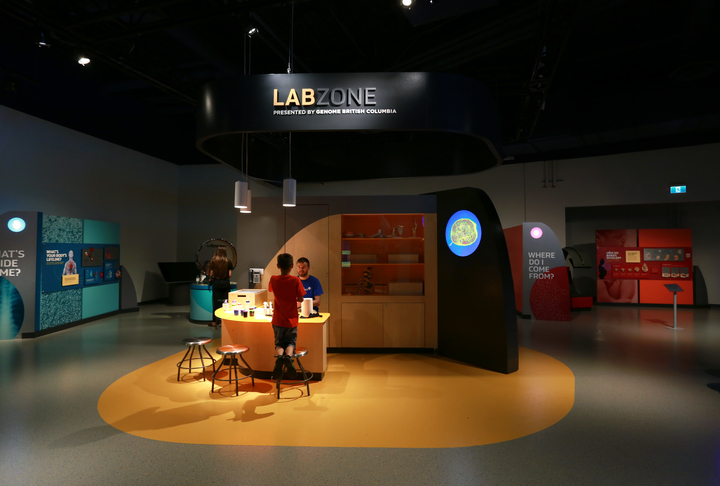When we observe, we use one or more of the five senses to gather information about our surroundings.
Sometimes, our senses can deceive us, our sense of sight is one of these deceivers. Our ability to perceive colour is affected by how long we are exposed to it.
Cones in the human eye pair the following colours:
- red-green
- yellow-blue
- white-black.
This pairing means that if you stare at a red color for 30 seconds or more, the cells in your retina that respond to red will fatigue more and fire less. When you switch over to a white surface, your eyes subtract the red and you see its complementary color green.
The "fatigue" colours appearing without being present is found with the other colour pairing as well- our sense of sight is deceiving!


